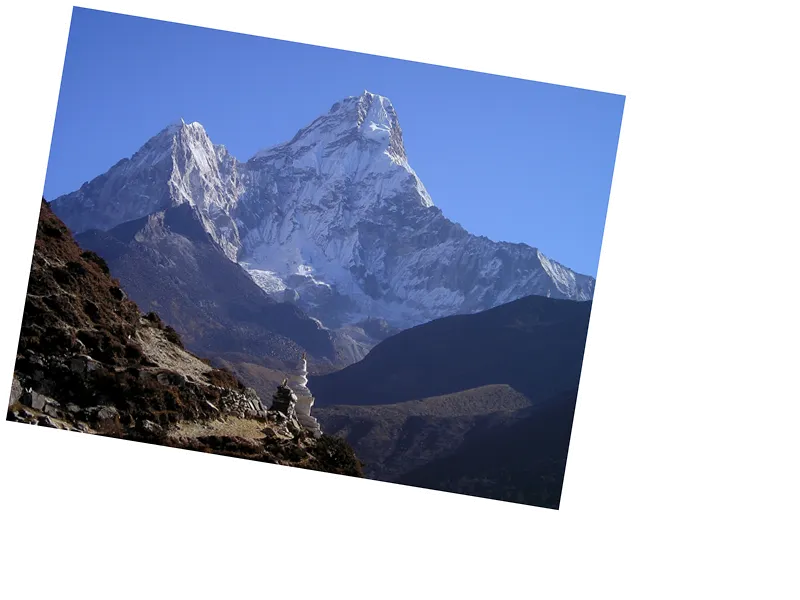Mount Everest's Remarkable Growth: A Geological Marvel
Mount Everest, recognized as the tallest mountain on Earth, is not just a static giant; it is actively growing. Recent research published in the journal Nature Geoscience reveals that the mountain has risen by approximately 15 to 50 meters due to geological processes linked to nearby river erosion. This growth is ongoing, with Everest gaining an additional two millimeters in height each year as a result of erosion from a river network situated about 75 kilometers away.
The Science Behind the Rise
The study, co-authored by Adam Smith, a PhD researcher at University College London, highlights how the erosion of a river valley contributes to the uplift of Mount Everest. Over the past 89,000 years, the mountain has experienced a significant elevation increase, now standing at over 29,000 feet (8,849 meters). Smith explains that as the river system carves deeper into the landscape, it pulls away rock and sediment, contributing to the mountain's growth. This process is further enhanced by a geological phenomenon known as post-glacial rebound, where the Earth's surface slowly rises after being compressed by heavy ice sheets from the last ice age.
The Role of River Systems in Geological Change
The research team utilized digital models to analyze the erosion patterns of the Kosi and Arun rivers, which interact in the region surrounding Everest. The Arun River, flowing from high altitudes, has carved a vast gorge and removed billions of tons of sediment over millennia. The unique topography of this river system, characterized by its steep drops and rapid changes in elevation, plays a crucial role in the ongoing uplift of Mount Everest. As the Kosi River gains more water and erosive power, it accelerates the process of land loss, further stimulating the rise of the mountain and its neighboring peaks.





